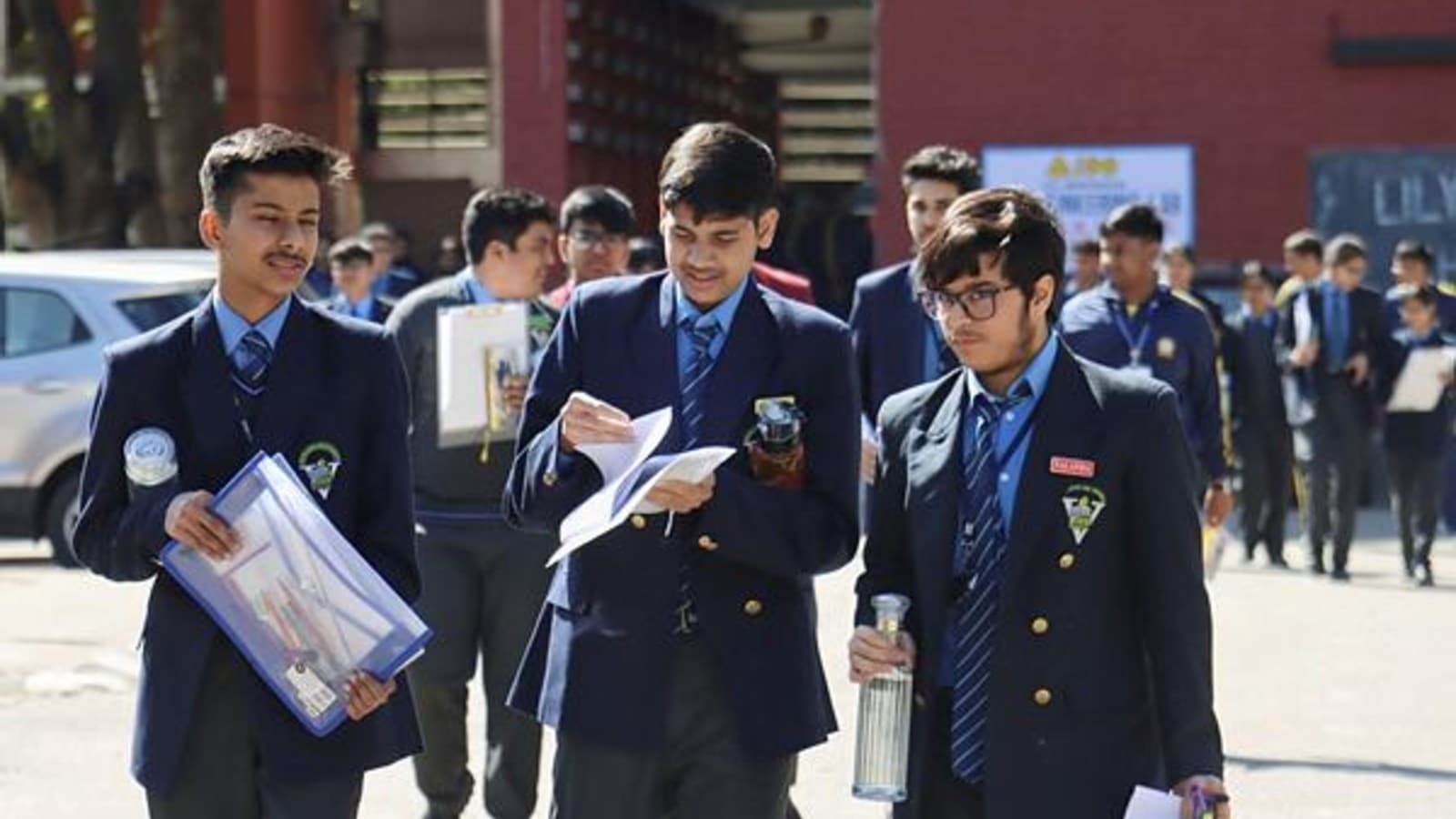 |
|
The 2025 CBSE Class 12 Physics examination, held on February 21st, has elicited a range of responses from students and educators alike. While the overall consensus points towards a 'moderately difficult' paper, the specifics reveal a nuanced picture of varying challenges across different sections and question types. The examination, a 70-mark paper with five compulsory sections (A through E), tested students across the entire curriculum. The feedback illustrates the need for a balanced approach to exam preparation, emphasizing not just rote memorization but also a robust grasp of underlying concepts and problem-solving skills.
Thilak M, a Physics educator at Jain International Residential School, Bengaluru, described the paper as having a 'moderate difficulty,' incorporating both straightforward and demanding questions. He highlighted that while the structure aligned with expectations, certain sections, particularly those involving moving charges and magnetism within the multiple-choice questions, proved challenging for many. These sections, he emphasized, required a deep conceptual understanding and proficiency in problem-solving techniques. Conversely, questions focusing on modern physics were deemed relatively easier, providing opportunities for students who had thoroughly covered the NCERT textbook. Section B, composed of two-mark questions, was widely considered the most accessible, acting as a confidence booster for most test-takers. In contrast, Section C, heavily focused on theoretical and conceptual understanding, presented a significant hurdle for students primarily reliant on rote learning. The five-mark questions in Section E, although straightforward in prior years, demanded a higher degree of logical reasoning and multi-step problem-solving, making them more demanding and testing higher-order thinking skills (HOTS). The case studies, while one was considered straightforward (Modern Physics), another (Capacitance) posed challenges due to its analytical nature and multi-concept application.
Tushar Goel, a PGT Physics teacher at Silverline Prestige School, Ghaziabad, offered a more positive assessment, characterizing the paper as a 'reasonably well-constructed' assessment that effectively evaluated students' understanding of key concepts and their application. He lauded the paper's broad coverage of the syllabus, incorporating a balanced mix of conceptual questions, derivations, and numerical problems, preventing students from relying on a limited subset of topics. He also praised the clarity of the questions, minimizing potential misinterpretations. However, a contrasting view emerged from Surender Puli, PGT Physics at Vidyagyan School, Sitapur, who described the paper, particularly Set 3, as lengthy and challenging. He highlighted the difficulty of the multiple-choice questions (MCQs) and the time-consuming nature of the five-mark questions in Section E, which he felt were comparable in complexity to the three-mark questions in Section C. He noted some two-mark questions in Section B also demanded a high level of conceptual understanding.
Student perspectives also reflected the varied difficulty levels. Geeta from Vidyagyan School found the paper manageable, appreciating the concept-based focus of Section C in Set 2, though acknowledging the length of Section B. In contrast, Praneel Munshi from Shiv Nadar School described Set 3 as particularly concept-heavy, emphasizing the challenge of time management due to the depth and complexity of the questions. Shivam Kole, also from Shiv Nadar School, underscored the paper's length and demanding nature, highlighting the unexpected absence of questions from Optics, which he had anticipated. The feedback from Anamika Manna and Rachna Arora, educators at Shiv Nadar School, further corroborated these observations, noting the length of the paper and highlighting the varying difficulty levels across the different sets (Set 1 being easier and Set 3 more challenging). Renuka Devi Kakarla from Shiv Nadar School, Faridabad, observed that while some students found the paper manageable, many struggled to complete it. Furthermore, Ragini Srivastava from Seth Anandram Jaipuria School noted that a few questions were drawn from portions of the syllabus that had been deleted, adding another layer of complexity and potentially causing confusion for students.
The analysis by Yogita Sharma, PGT Physics at KIIT World School, Gurgaon, presented a different perspective. She deemed the paper standard and devoid of surprises, thereby ensuring a fair evaluation for students of diverse academic levels. She praised the well-structured format, promoting conceptual clarity, problem-solving abilities, and application-based learning. While acknowledging the demanding nature of some numerical problems requiring extended calculations, she emphasized the importance of effective time management. She highlighted the conceptual nature of the derivations and case-study questions, rewarding students who had diligently practiced NCERT examples and previous years' questions. Finally, Priyal Arora, a student from Seth Anandram Jaipuria School, shared her experience, highlighting the challenging language of the questions, the length and time constraints, and the difficulty of the MCQs, particularly noting one MCQ was from the deleted portion of the syllabus. This overall feedback underscores the varied nature of the exam's difficulty and its multifaceted assessment of student comprehension and application of physics principles.
Source: CBSE Board Exams 2025: Was Class 12th Physics paper difficult? What students, teachers say
